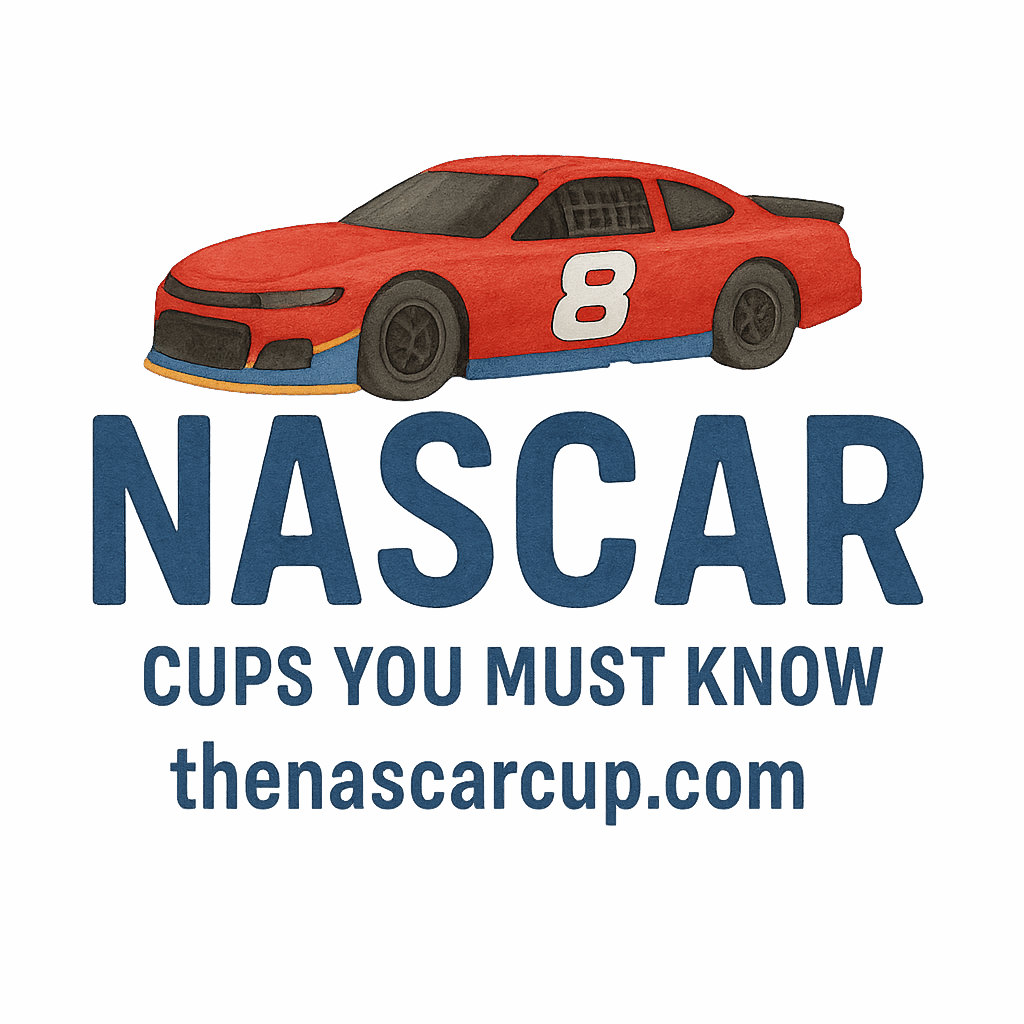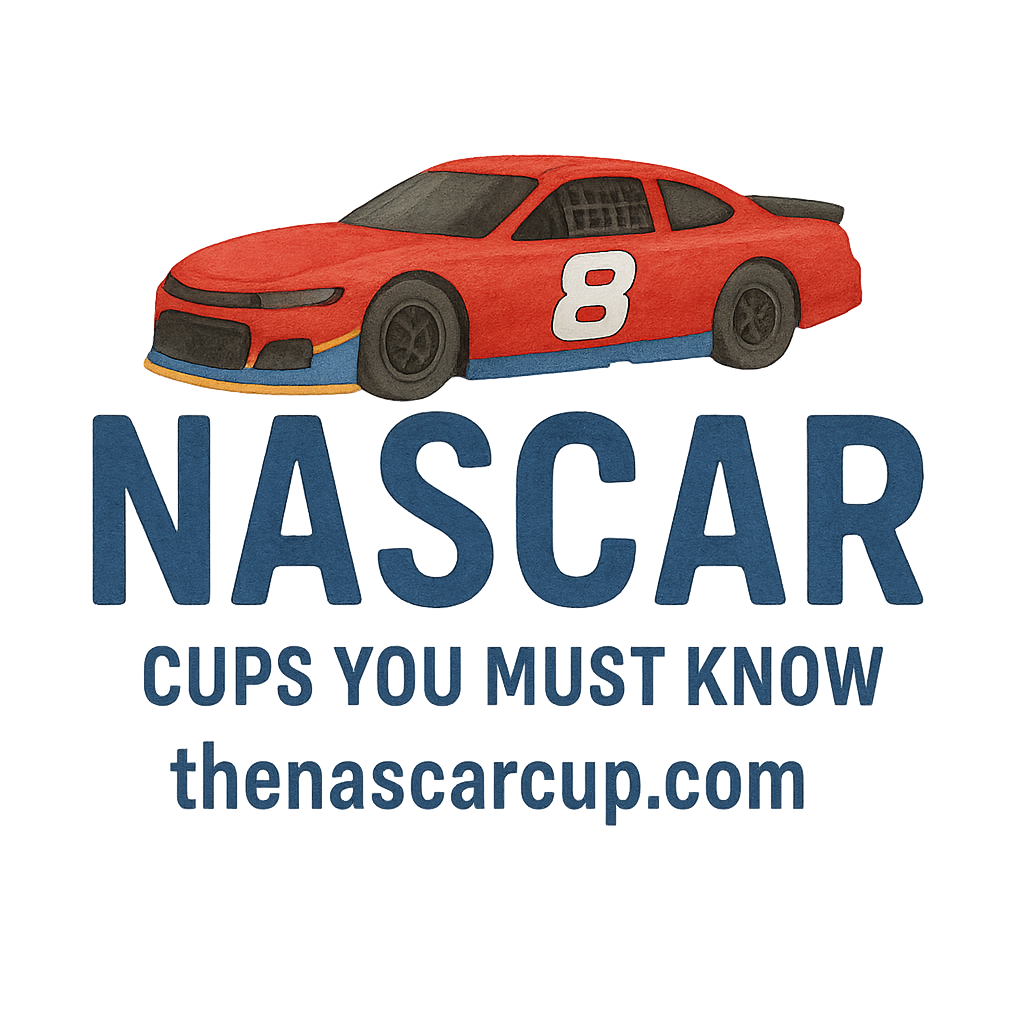Introduction to NASCAR’s Need for Speed
NASCAR racing is more than just a sport—it’s an adrenaline-filled spectacle where speed, precision, and strategy collide. For fans and drivers alike, there’s always a fascination with the fastest laps ever recorded in NASCAR history. After all, speed is at the core of what makes NASCAR so exciting. But what goes into achieving these record-breaking moments, and how fast can a car actually go?
In this article, we’re diving into the 5 fastest laps ever recorded in NASCAR Cups. From iconic tracks like Talladega to unforgettable drivers who pushed their cars to the limit, these moments have become etched in NASCAR history. But before we go into these record-breaking laps, let’s take a quick look at the science behind NASCAR’s speed and how these records were made possible.
What Makes NASCAR Racing So Fast?
At first glance, NASCAR might look like just a series of fast cars going around an oval track. But there’s more to it than meets the eye. NASCAR cars are engineered for maximum speed, with every component designed to reduce drag, increase horsepower, and provide optimal handling. But the true magic happens when the human element—drivers pushing their limits—meets this high-performance technology.
Now, let’s get into the science behind NASCAR’s need for speed.
The Science Behind the Fastest Laps
NASCAR vehicles are not your typical road cars. These machines are built for one purpose: going fast. Let’s break down what makes NASCAR so special.
Aerodynamics and Speed in NASCAR
Aerodynamics play a critical role in how fast a NASCAR car can go. The sleek body design helps reduce air resistance, allowing the car to cut through the air more smoothly at higher speeds. This is why you’ll see cars draft behind each other, utilizing the slipstream to conserve energy and push for faster lap times.
Role of Tires and Pit Stops in Speed
Speed isn’t just about the engine. Tires play a huge role too. NASCAR tires are designed for both grip and durability, allowing cars to maintain traction while reaching impressive speeds. Pit stops are also crucial in maintaining that momentum. A fast tire change can make or break a lap time, often resulting in race-changing moments. Learn more about NASCAR’s tire technology here.
5 Fastest Laps in NASCAR History
Now, let’s dive into the main event: the 5 fastest laps ever recorded in NASCAR history. These laps not only showcase the incredible speed of NASCAR cars but also highlight the incredible drivers who made these feats possible.
1. Bill Elliott’s Record at Talladega (1987)
The fastest lap in NASCAR history was set by Bill Elliott during the 1987 Winston 500 at Talladega Superspeedway. Elliott reached an astounding speed of 212.809 mph (342.483 km/h), a record that still stands today. But how did he achieve such an incredible feat?
A Closer Look at the Record-Breaking Lap
Elliott’s success at Talladega wasn’t just about having a fast car—it was the combination of the car’s aerodynamics, the draft, and a track known for its high-speed straights. Talladega is one of the longest and widest tracks in NASCAR, making it the perfect place to hit top speeds. The record-breaking lap took place during qualifying, and it was a moment that would forever be associated with Bill Elliott’s name. For more information on Talladega Superspeedway, visit here.
2. Ken Schrader’s Run at Talladega (1989)
Fast forward to 1989, and another record was set at Talladega Superspeedway. Ken Schrader hit a speed of 210.364 mph (338.543 km/h), making him the second-fastest in NASCAR history at the time.
What Made Schrader’s Speed Possible?
Schrader’s lap came during a time when NASCAR cars were evolving, and technology was rapidly advancing. The design of the cars, paired with Schrader’s driving ability, made it possible to achieve such high speeds. Talladega, with its unique shape and smooth surface, has always been a favorite for setting high-speed records. To explore NASCAR’s history and its technological advancements, check out this link: NASCAR Cups History.
3. Buddy Baker’s Legendary Lap (1970)
Before the days of modern technology and aerodynamics, Buddy Baker set a record that would stand for 17 years. In 1970, he achieved a lap speed of 200.447 mph (322.147 km/h) at Talladega Superspeedway, becoming the first driver in NASCAR history to break the 200 mph barrier.
How the ‘Gentle Giant’ Became a Speed King
Baker’s lap was a testament to his skill behind the wheel, as well as the innovations in NASCAR vehicles at the time. Despite the lack of modern-day aerodynamics, Baker was able to maintain control of his car while reaching record speeds. His achievement was groundbreaking, and it would inspire future generations of NASCAR drivers. Learn more about legendary NASCAR drivers like Buddy Baker here.

4. Dale Earnhardt’s Run at Talladega (2000)
Dale Earnhardt, one of NASCAR’s most legendary drivers, also made his mark with a memorable lap at Talladega. In 2000, Earnhardt reached a speed of 181.403 mph (291.206 km/h), setting a new benchmark for speed during race conditions, as opposed to qualifying laps.
Earnhardt’s Impact on NASCAR’s Legacy of Speed
Earnhardt’s contribution to NASCAR’s legacy of speed wasn’t just about lap times—it was about the racing mentality. He pushed his car to its limits, demonstrating the importance of strategy and control in high-speed racing. Earnhardt’s influence on NASCAR is immeasurable, and his legacy continues to inspire new drivers to this day. For more on Earnhardt’s legacy, check out this link: NASCAR’s Legendary Drivers.
5. Jeff Gordon’s Fast Lap at Indy (1994)
Although not set on a superspeedway, Jeff Gordon’s lap at Indianapolis Motor Speedway in 1994 deserves a mention. Gordon clocked a lap at an impressive 185.981 mph (299.983 km/h) during qualifying for the Brickyard 400, breaking records for both speed and skill at this legendary venue.
The Significance of Gordon’s Record in NASCAR History
Gordon’s lap at Indy was significant for several reasons. It marked a new era of NASCAR racing on road courses and big tracks, demonstrating that speed records could be set anywhere, not just on superspeedways like Talladega.
Impact of These Speed Records on NASCAR Today
The legacy of these fast laps continues to inspire new generations of NASCAR drivers. But how do these records impact the sport today?
Technology’s Role in Today’s Speed Records
In modern-day NASCAR, technology has advanced significantly. The cars are faster, more aerodynamic, and more powerful than ever before. Innovations like fuel injection, electronic systems, and advanced tire technology have all contributed to pushing the envelope on speed. For more on NASCAR’s technology and how it has evolved over time, visit NASCAR Tech.
Advances in Aerodynamics, Tires, and Engines
The engineering behind NASCAR vehicles has evolved substantially over the years. Today’s cars are equipped with sophisticated aerodynamics and stronger engines, all while maintaining strict rules for safety. This allows drivers to reach previously unimaginable speeds—though none have yet broken the legendary records set by pioneers like Elliott and Schrader.
Conclusion: The Legacy of Fast Laps in NASCAR
The fastest laps in NASCAR history are not just about speed—they are about pushing the limits of human and machine performance. These records remind us that NASCAR is as much about innovation as it is about passion and skill. Whether it’s Bill Elliott’s incredible lap at Talladega or Jeff Gordon’s speed at Indy, these moments have become etched in the history of NASCAR.
Will Future Records be Broken?
While it’s uncertain if these records will ever be broken, one thing is clear: the pursuit of speed is far from over in NASCAR. With technology continuously advancing and new talents emerging, there’s always a chance that someone will break the unbreakable.
FAQs about NASCAR’s Fastest Laps
- What is the fastest lap ever recorded in NASCAR history?
- Bill Elliott’s lap at Talladega in 1987, with a speed of 212.809 mph, remains the fastest lap in NASCAR history.
- Why are Talladega and Daytona the sites of many fast lap records?
- These tracks have long straights and wide surfaces, allowing cars to reach their top speeds. For more on these tracks, visit Races & Circuits.
- How does drafting affect lap times in NASCAR?
- Drafting allows drivers to reduce air resistance by following closely behind another car, helping them achieve faster speeds.
- Has NASCAR ever considered increasing the speed limits?
- While speed limits are an important factor in ensuring safety, NASCAR continually looks for ways to optimize the performance of the cars. Learn more at NASCAR Regulation Updates.
- What makes Buddy Baker’s 200 mph lap so significant?
- Baker’s 1970 lap was the first time a NASCAR driver broke the 200 mph barrier, setting a historic milestone.
- Will modern technology break the speed records of the past?
- While technology has advanced, records set in the 80s and 90s are still standing due to the immense skill required to achieve them.
- Is NASCAR racing safer now than in the past?
- Yes, significant advancements in safety technology have made modern NASCAR racing much safer for drivers.


